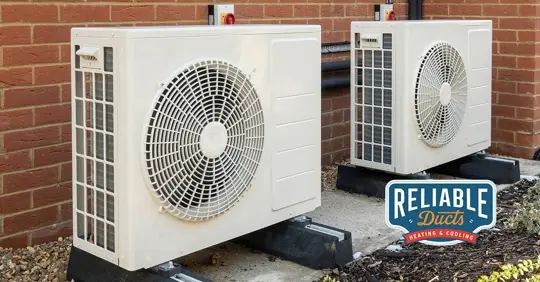[vc_row][vc_column][vc_column_text]It’s a common belief that opening windows can freshen up a home by letting in fresh air and dispelling stale, indoor air. However, many homeowners wonder if this practice might actually increase indoor air pollutants. Let’s delve into how open windows affect indoor air quality and what factors you should consider to keep your indoor environment healthy.
Understanding Indoor Air Quality
The term “indoor air quality” (IAQ) refers to the state of the air within and surrounding buildings and structures, with a focus on the health and comfort of occupants.Your chance of experiencing indoor health issues can be decreased by being aware of and in control of prevalent indoor contaminants.
The Effects of Open Windows on Indoor Air Quality
- Introduction of Outdoor Pollutants:
Opening windows can allow outdoor pollutants such as pollen, dust, vehicle exhaust, and industrial pollutants to enter your home. The impact largely depends on the air quality outside your home. For instance, if you live in a high-traffic or industrial area, opening windows could introduce more harmful pollutants into your home.
- Natural Ventilation:
On the other hand, opening windows can be beneficial as it provides natural ventilation that can disperse indoor pollutants like volatile organic compounds (VOCs), cooking odors, and potentially harmful gasses from cleaning products. This exchange of indoor and outdoor air can help reduce the concentration of airborne contaminants inside your home, particularly if the outdoor air quality is good.
- Seasonal Allergies and Pollen:
For individuals with seasonal allergies, open windows may pose a problem during high pollen seasons. Pollen can easily drift indoors and exacerbate allergy symptoms. In such cases, keeping windows closed and using air conditioning with a good filtration system might be more beneficial.
- Humidity and Mold Growth:
Opening windows can affect the humidity levels inside your home. Increased humidity can support the growth of mold and mildew, which are common indoor air pollutants. It’s important to manage indoor humidity levels to prevent mold growth, which can be harmful to respiratory health.
Best Practices for Managing Indoor Air Quality with Open Windows
- Monitor Local Air Quality:
Check local air quality indexes (AQI) to determine if it’s safe to open your windows. Websites like AirNow.gov provide real-time air quality information based on your location.
- Use Window Screens:
Installing screens on windows can help filter out large particles such as insects, dust, and large pollen, reducing the number of pollutants entering your home.
- Strategic Ventilation:
Open windows during times when outdoor air quality is better (usually early morning or late evening) and close them during high pollution hours, like busy traffic times if you live near major roads.
- Supplement with Air Purifiers:
Using air purifiers with HEPA filters can help remove indoor pollutants, particularly when outdoor conditions prevent you from opening windows.
While open windows can sometimes increase indoor air pollutants depending on external conditions, they are also crucial for ventilating your home and reducing the concentration of indoor air pollutants. Balancing these factors and implementing good practices can help you maintain a healthy indoor environment. Always consider the local outdoor air quality, weather conditions, and specific health needs of your household when deciding to open your windows. [/vc_column_text][/vc_column][/vc_row]


